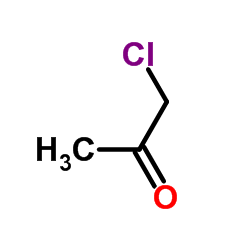| Structure | Name/CAS No. | Articles |
|---|---|---|
 |
2-Propanone,1,1-dichloro-
CAS:513-88-2 |
|
 |
Chloroacetone
CAS:78-95-5 |
|
 |
1,3-Dichloroacetone
CAS:534-07-6 |